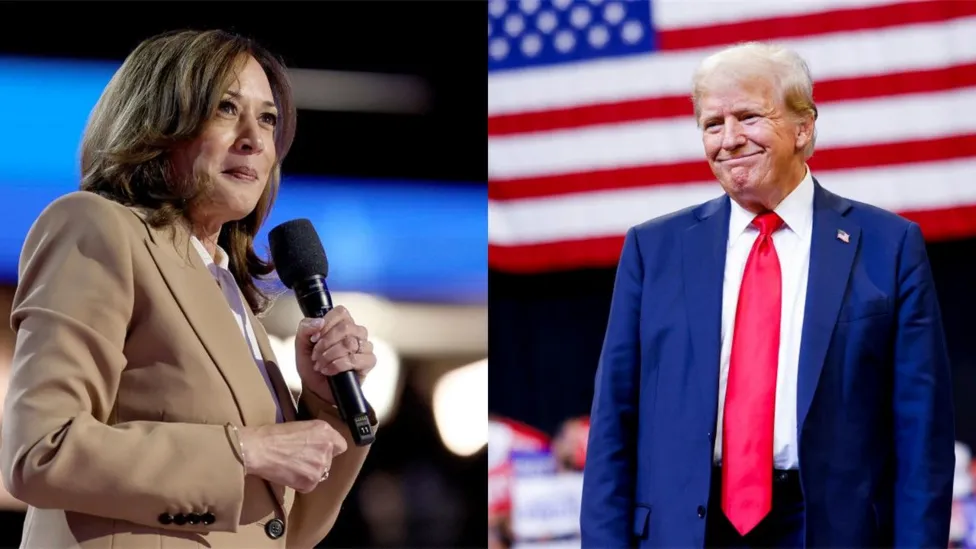In the intense political climate of 2024, a new point of contention has emerged between former President Donald Trump and Vice President Kamala Harris: the muting of debate microphones. The issue, a hot topic in the lead-up to the next presidential election, has sparked a fierce war of words between the two prominent political figures, each accusing the other of attempting to stifle free speech and manipulate the debate format to their advantage.
The Background of the Microphone Muting Controversy
The concept of muting debate microphones isn’t new, but it has gained renewed significance in the 2024 election cycle. The idea was first implemented during the 2020 presidential debates to prevent candidates from interrupting each other, a tactic that became a flashpoint in the Trump-Biden debates. With Trump now eyeing a return to the White House and Harris positioning herself as a key figure in the Democratic camp, the stakes surrounding this issue have never been higher.
The Commission on Presidential Debates (CPD) has proposed continuing the practice of muting microphones during certain portions of the debates to ensure orderly discourse. This decision has drawn strong reactions from both sides, with Trump’s camp decrying it as a form of censorship, while Harris and her supporters argue it is necessary to maintain decorum and allow each candidate to present their views without disruption.
Trump’s Fiery Response
True to his style, Donald Trump has not held back in his criticism of the microphone muting policy. In a series of public statements and social media posts, Trump has labeled the move as an attempt by the “radical left” to silence him and prevent his message from reaching the American people. He argues that the policy is biased against him and other Republicans, who he claims are more likely to be cut off by moderators who lean left.
Trump’s campaign has also hinted at the possibility of boycotting debates if the muting rule is enforced, a move that could dramatically alter the dynamics of the election. The former president has made it clear that he believes debates should be a free-for-all where candidates can challenge each other directly without interference. His stance has resonated with his base, who see the muting policy as another example of the establishment trying to control the narrative.
Harris’s Defense of the Policy
Vice President Kamala Harris, on the other hand, has defended the CPD’s decision, framing it as a necessary measure to ensure a fair and respectful exchange of ideas. Harris, who has been on the receiving end of Trump’s attacks in past debates, argues that the muting policy allows candidates to fully articulate their positions without being drowned out by interruptions.
Harris has emphasized that the purpose of debates is to inform the public, and that requires a format where each candidate can be heard clearly. She has pointed to the chaos of previous debates as evidence that the muting rule is essential for maintaining the integrity of the process. Her stance has garnered support from many within the Democratic Party, who see the rule as a way to level the playing field and prevent the debates from devolving into shouting matches.
The Broader Political Implications
The clash over microphone muting is more than just a procedural disagreement; it reflects deeper divisions within American politics. For Trump and his supporters, the issue is symbolic of a broader battle against what they perceive as media bias and unfair treatment by the political establishment. For Harris and the Democrats, it represents an effort to bring order and civility to a political landscape that has become increasingly polarized and contentious.
As the 2024 election draws nearer, this debate over debate formats could have significant implications. If Trump follows through on his threat to boycott the debates, it could deprive voters of a key opportunity to compare the candidates side by side. On the other hand, enforcing the muting rule could lead to more structured and substantive discussions, giving voters a clearer understanding of where each candidate stands on the issues.











